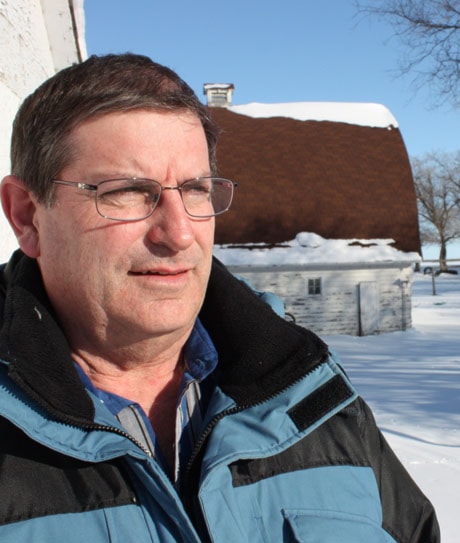WAKAW, Sask. — The Jobin brothers were “scattered like rats” across the Prairies after Batoche fell.
Second-oldest brother Ambroise, 34, had his leg amputated soon after the battle in a makeshift hospital in Saskatoon.
Several weeks later, he died. His body was sent back to Batoche and laid to rest next to the mass grave where his Metis comrades-in-arms all ended up.
The other four brothers, one as young as 16 at the time of the Battle of Batoche, eventually turned up in northern Alberta, Manitoba and North Dakota. They and their five sisters had kids, who in turn had children, which led to yet another group of Jobin youngsters.
This generation of baby boomers was the one to bring the battle full circle. In June, through hard detective work back through the ages and some random good fortune, the Jobins got back together at Batoche for a family reunion.
One of their first orders of business was to erect a proper gravestone for their great-uncle. The North West Mounted Police likely gave him a wooden cross, but this would have rotted away.
And this brings us to today. Ron Jobin, a former farmer from Domremy, Sask., turned amateur family historian, and Beatrice Demetrius (nee Jobin), the Metis Nation of Alberta’s genealogist and researcher, have been making slow progress in fundraising for their little family project.
They estimate that two simple headstones — the other one is for Joseph Ouellette, a 93-year-old Metis warrior killed on the last day of the battle and given his own casket and grave as a sign of respect for his age — would cost between $3,500 and $4,000. They’ve raised some money from Jobins across the country but still fall way short of their mark.
“When you look at the history books, it seems like only two men fought at this battle. And believe me, they’re my heroes too. But I wanted these other men to be known,” said Demetrius, who started fundraising for Ouellette two years ago.
Demetrius and Jobin want to make sure the gravestones are in place by the 125th anniversary of the battle in May 2010. Right now there’s a group memorial for the Metis soldiers laid to rest in the mass grave and a memorial to the one Canadian soldier lying in the riverbank, but there’s nothing for Ambroise or Ouellette except a simple wooden cross he put in a few years ago, Jobin said.
To hear him talk about the battle is to bring it out of the history books, to make it seem as close as it is to his heart. He described how Ambroise, who sat on Louis Riel’s council, walked with a limp and was shot in his only good leg in the last round of fighting.
“If you were not Protestant, white and English-speaking, they burnt your buildings down and drove you out of the area. And I’m not knocking these people. That’s the way it was back then,” said Jobin.
“The last day the Metis were out of ammunition. They were shooting horseshoe nails and stones out of their muskets. It was pretty well the end.”
“I know that Ambroise was wounded and one of his buddies helped him. He crawled and got help, crawled about 30 or 40 yards, into some willows. His buddy said to him, ’Stay here, they won’t kill you because you speak English.”’
“I remember my dad saying that his great-uncles would say that (Ouellette) could have got away, but he wanted to get one more redcoat. Just didn’t quit. Eventually the redcoats got him.”
